28 Types of Bolts & Their Uses in Projects & Industries
Author: Omar Alonso | Editor: Omar Alonso
Review & Research: Jen Worst & Chris Miller

Be it for fixing home appliances or for some heavy-duty DIY project, various types of bolts are something that you will need to use.
Naturally, many varieties and shapes of bolts are available in the market. Each kind of bolt serves specific purposes. If you want to make proper use of your bolt, you must consider both its shape and its utility.
In this article, we have discussed many different types of bolts along with their uses. So, if you are interested, go ahead and start reading!
28 Types of Bolts
There are numerous varieties of bolts depending on their structures and uses. All of these will be available in different bolt material strengths, like vairous steel grades, silicon bronze, and aluminum. Here, we have listed some of the most common bolt types.
Carriage Bolts
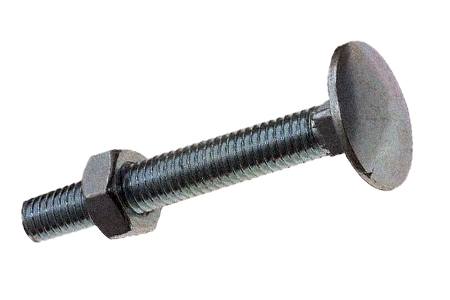
A carriage bolt comes with a dome-shaped, smooth upper body that is flush-mounted. Ideally, the lower part of this bolt is square-shaped. However, occasionally the area adjoining the two parts contains perpendicular ribs.
These bolts can lock themselves. Their square-shaped underparts directly fit into similarly shaped cuts, allowing the user to tighten the bolts from the nut side alone. Metallic objects are fastened to wood using carriage bolts.
Anchor Bolts
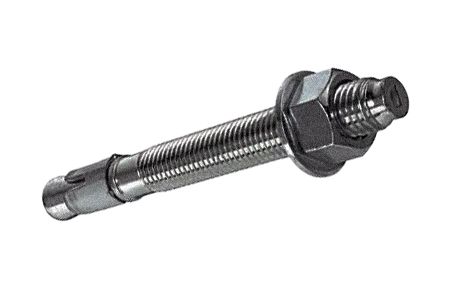
Anchor bolts are often noticed on sturdy structural constructions. These bolts are thick, strong, and have a hexagonal top. You can attach thin objects to concrete slabs using these bolts. This pre-setting is usually done when the structure is being set.
You can also do it later by penetration, as these are one of the few bolts that can be placed into construction material after it has been cured.
Flange Bolts
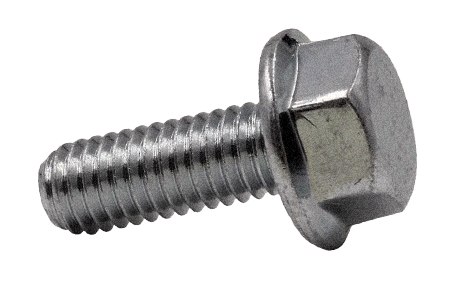
Flange bolts are specialized types of bolts that can evenly dispense the force applied to it by the load. The flange present right beneath the bolt's head, known as "washer," assists in this act.
Since these bolts are used on frames of objects (for example, bed, truck, etc.), they are also known as frame bolts. Besides, you can also use these bolts on your vehicles and household appliances.
Elevator Bolts
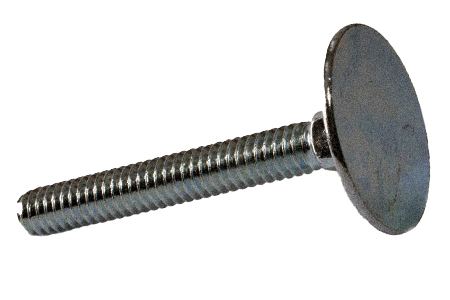
Elevator bolts are uncommon – both in use and structure. As you may have already guessed, these bolts are used in elevators. Other than that, they are also used in recreational vehicles where other bolts are hard to use.
These bolt types are unique even in their shape. It has a completely flat round head, distinctive washers, and a relatively long, threaded bottom.
Hanger Bolts
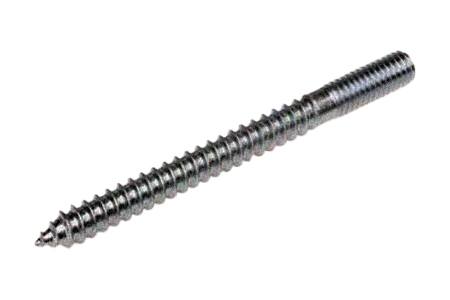
While we are on the topic of unique bolts, hanger bolts deserve some attention. These bolts don't have any heads. Their entire bodies consist of two different threads. One end of the bolt is flat, and the other is pointed.
Sometimes these bolts are used to fix objects to timbre. But mainly, they are used to hang other items.
Plow Bolts
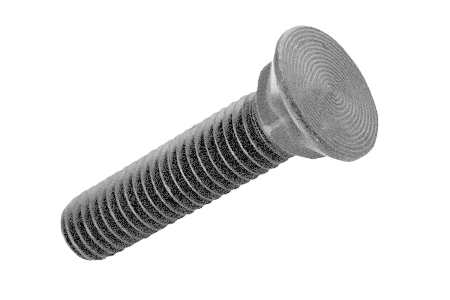
A plow bolt has a build quite identical to that of a carriage bolt. While a carriage bolt is slightly domed, a plow bolt is completely flat on the upper head.
They have round and leveled heads. On the area adjoining the upper part and the lower part, there is a square section.
Because of their shape, these types of bolts are used in heavy machinery like plows, excavators, etc.
Chicago Bolts
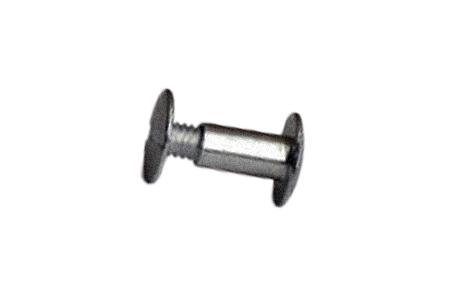
Like hanger bolts, these bolts do not have a distinct nut. Instead, the lower part of these bolts is covered with a component similar to the top. As a result, the upper and lower parts end up looking alike.
The two similar parts are known as male and female parts, consisting of internal threads. That is why these bolts are also known as sex bolts. Areas (example: paper) that are sensitive to coarse threads can host these bolts.
Hex Head Bolts
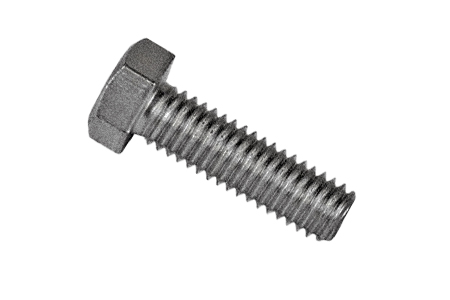
Hex head bolts get their name from the shape of their heads. The hexagonal shape of their heads makes these bolts more versatile and effective.
In terms of strength, circulatory force, and ease of composition, these are superior to most other bolts. You will also find that these are the most commonly used bolts – applied for various purposes.
Square Head Bolts
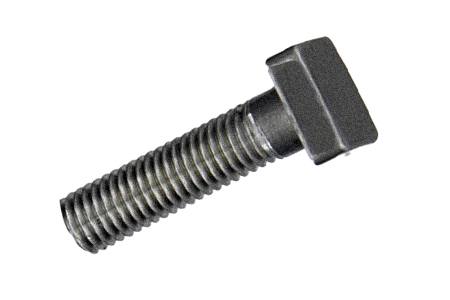
Just like hex head bolt types, square head bolts come with a distinct shape of the head. These square-headed bolts have a threaded body that can glide onto any rounded structure.
Before the arrival of hex-headed bolts, these bolts were commonly used, especially in railways.
Nowadays, square head bolts are mainly used for aesthetic purposes. You can add a historical look to your project by adding these bolts.
Round Head Bolts
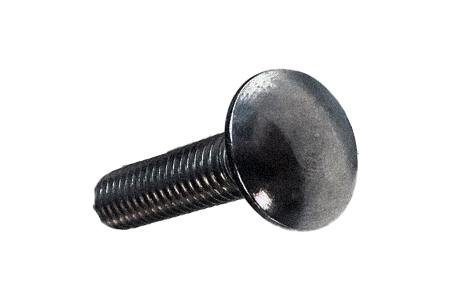
Round-headed bolts have a very simple construction. These bolts have a round-shaped, flattened head. Instead of being completely flat like elevator bolts, their heads are slightly domed in the center.
For the wench to tighten or loosen easily, there are cavities across the center of the head. Depending on the type of the wrenches, the shape of the cavity changes.
Socket Head Bolts
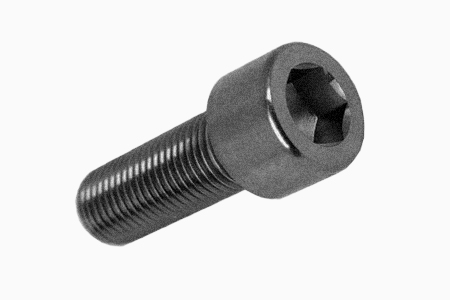
You will mostly observe socket head types of bolts being used in manufacturing industries. Although the head shape of these bolts may vary, one thing is common – a deep socket in the middle of the head. Its purpose is to increase the circulatory force of the bolt.
These bolts are also known as Allen bolts. It is because Allen wrenches are used to secure them.
Structural Bolts
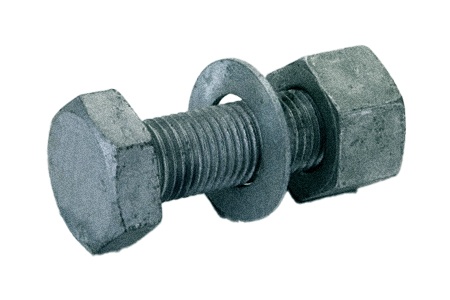
Structural bolts are pretty similar to basic hex head bolts. They have the same hexagonal head and threaded lower part. However, the distance between each thread is less compared to that of hex head bolts.
Since this bolt is used for all kinds of structural constructions, it has received this name. It comes in two different finishes, one plain and another galvanized. They can get bound pretty tight so make sure you know how to remove a stripped bolt.
Machine Bolts
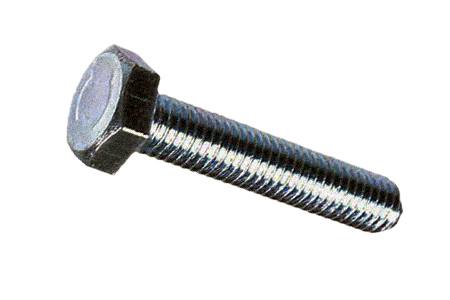
Machine bolt types have the standard hexagonal heads and completely threaded and elongated shanks.
The one difference between hex head bolts and machine bolts is the absence of the washer. Other than having hexagonal-shaped heads, these bolts occasionally come with square heads.
You can use machine bolts to attach different kinds of materials. Usually, woods and metals are attached using them.
Timber Bolts
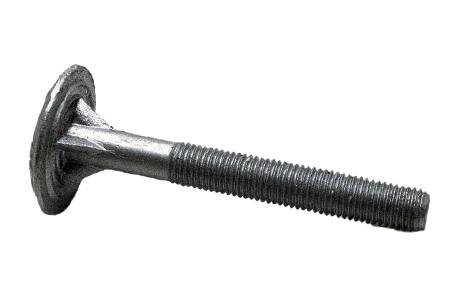
As the name suggests, you can use timber types of bolts with all types of wooden and timber-made particles. It includes not only finely chopped boards but also roughly prepared planks.
Timber bolts have a dome-shaped head, with pointed flanges attached to the neck of the bolt. Only the lower half of the underpart is threaded, with a small, rounded tip in the end.
Toggle Bolts
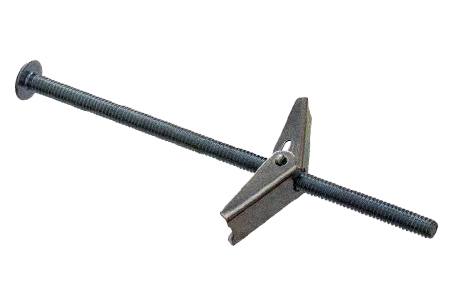
One of the most uniquely shaped bolts is a toggle bolt. It has a body similar to an elongated round-headed bolt. But it has wing-shaped nuts included at the center of the shaft.
Because of their shape, these types of drywall anchors are also known as butterfly anchors. You can easily hang heavy objects on hollow walls using these. However, these are not the most suitable for strong structures.
Eye Bolts
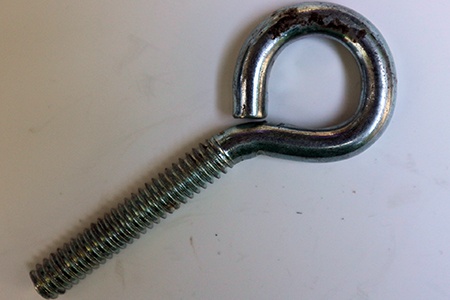
On top of the head of eye bolts, a loop is positioned. This loop is either half-closed or fully closed. Other than this loop part, the rest of the bolt is pretty much like a regular round-headed bolt. The main bolt part is considerably smaller than the loop.
Usually, the loop portion of these bolts is used for holding objects. In that way, these bolts serve a two-in-one purpose. These don't typically strip but break, and if that happens you'll need the right types of chisels to shear them off flush or the right types of drill bits to drill them out.
Lag Bolts
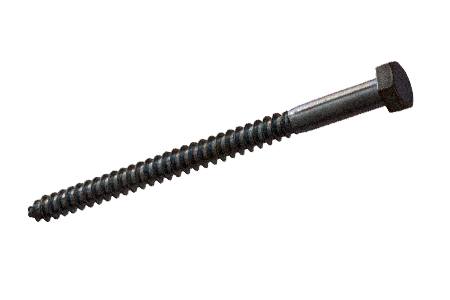
Lag bolts are incredibly sharp and strong. Because of how effective these are, these high-performance bolts are often used to fasten heavy loads. A lag bolt can easily be used on both soft and hard particles.
Lag types of bolts, however, are not really bolts. They are types of screws with hex heads. There exists a pointed tip at the end of the threaded screw.
J Bolts
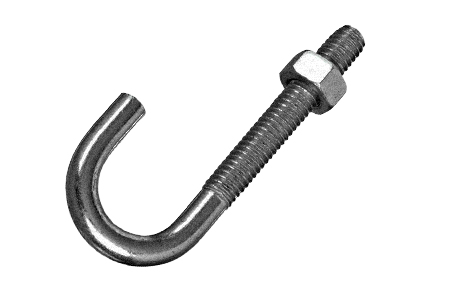
One of the three letter-shaped bolts is the J bolt. It has a shape identical to the letter "J." At the end of the bolt, there is a hook part that grabs objects, holding them in place.
Like many other bolts, these bolts also do two jobs at once. However, it is not advised to hang too heavy objects using these.
T Bolts
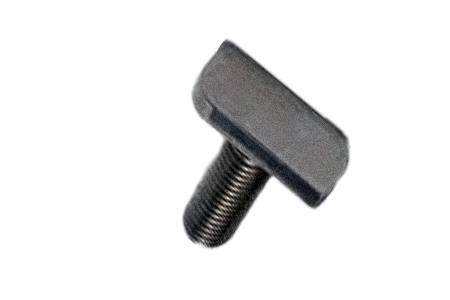
Shaped like the letter "T," these bolt types can easily be placed between two spaces. In turn, the bolt is fastened securely.
In appliances where two objects need securing at the same time, T bolts are used. Generally, these bolts are used in a wide range of areas, including furniture, vehicles, etc.
U Bolts
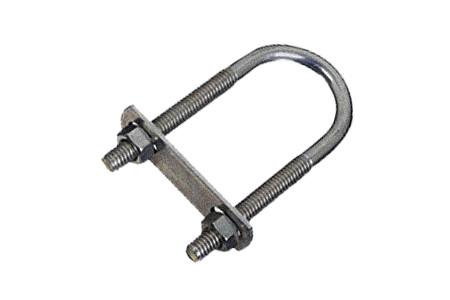
And the final bolt – of all letter-shaped bolts and our entire list – is the U bolt. Instead of a specified head and undercut, this bent bolt has threaded ends on both sides.
For a bolt as differently shaped as this, there is a specific area of application. These bolts are most commonly used in pipes.
Blind Bolts
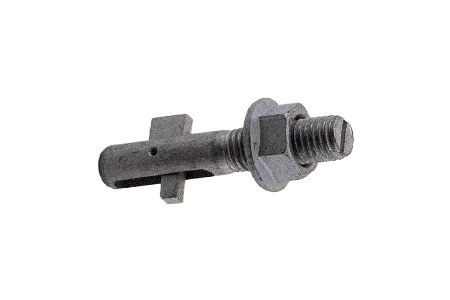
There are situations where you can't reach both sides of a surface, like a sheet of the various types of drywall that's already hung. That means you can't tighten the nut or even hold it still to torque the bolt head instead.
This is where blind types of bolts come into play. A collapsible toggle is pushed through a hole in this surface which then expands. As you tighten the bolt into it, the toggle tightens against the surface allowing you to further torque the bolt. As it all grips together, you can get a fully secured grip.
Double End Bolts
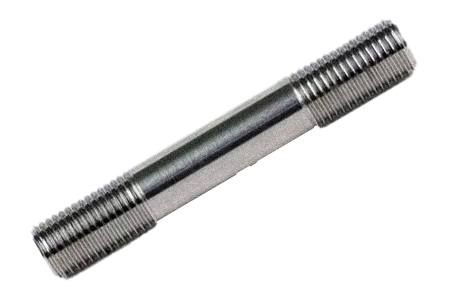
Double end bolts have threaded ends on both sides instead of a bolt head. Sometimes you'll see them called stud bolts.
One side has your typical threading that is inserted into a stud, and then the other side accepts a nut that is tightened down to the wood surface.
Penta-Head Bolts
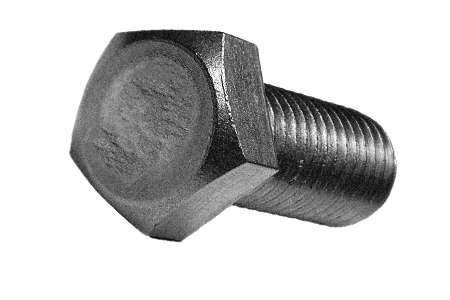
If you're looking for a tamper resistant bolt, look no further than penta-head bolts. You find features like this in the types of screw heads out there, too.
They're all designed to deter people from messing with the bolt, since your standard tool set won't be able to deal with it easily. The odd number of sides make it impossible for even a wrench to grab it.
Shoulder Bolts
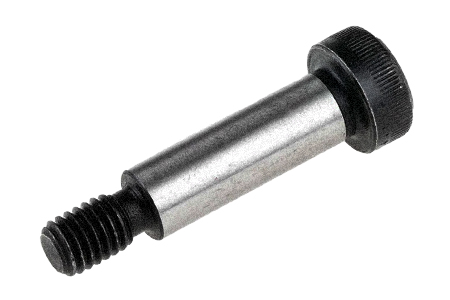
Sometimes called stripper bolts (because, as you'll see, things can rotate around the pole), shoulder bolts have a shoulder which is a section between the head and the start of the threads.
These types of bolts are designed specifically with that shoulder section so it can function like a axle or shaft so a rotating bearing or bushing can freely spin there. You'll see this kind of build in the lug bolts that go with all the types of lug nuts for car wheels.
T-Head Bolts
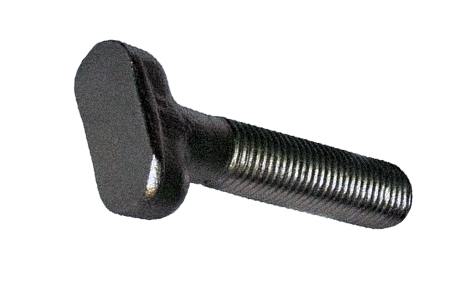
Sometimes these are called T-slot bolts, which better describes their purpose of being able to be slid into a recess. Kind of like shoulder bolts, there's a square section between the head and threads that seats into a slot.
Once the nut and bolt are tightened this squared shoulder stops any spinning from occurring, allowing the bolt to maintain a tight fit. There are T-slot tracks and channels made specifically to be paired with these T-head bolts.
Arbor Bolts
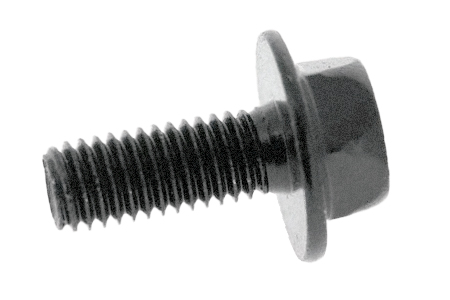
Arbor bolts are unique types of bolts that will confuse any unsuspecting user. This is because the threads are reversed, for one, and second because there's a washer permanently attached to the head already.
They exist to be used with rotating parts like in any of the types of saws like a miter saw. The reverse threading stops the bolt from spinning itself out over time.
Rock Bolts
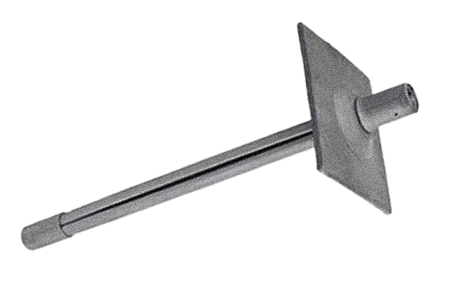
Rock bolts are extremely long anchor bolt types, made of material that won't shear with shifting. They're used to stabilize rocks when excavating tunnels and mines.
What they do is help transfer loads that can occur on the outside of the rock to the inside. This helps stop vibrations, breaks, and other problems that can cause a collapse. These can be much longer and thicker than you're imagining.
Countersunk Bolts
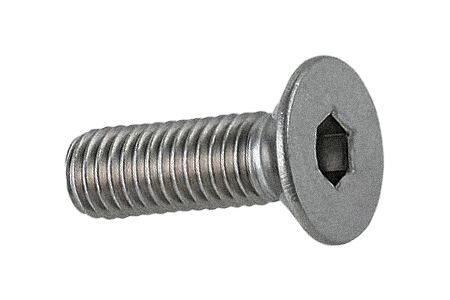
Also called stove bolts, these countersunk bolts obviously get countersunk so the heads sit flush with the surface they're mounted to. They can come in various sizes, shapes, and lengths, but as long as they're countersunk they count.
Examples of where they're used include walkways, hand rails, bridges, decking on ships, and flooring in machine shops.
Types of Bolts for Every Need & Industry
Now that you have learned about different types of bolts, it will be easier for you to select a bolt and put it to the perfect use. Or at least you'll be able to identify them when you encounter them during a DIY project or on the job.



